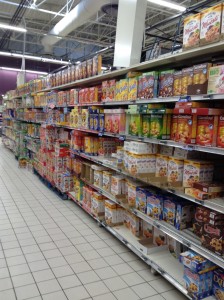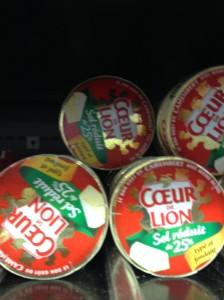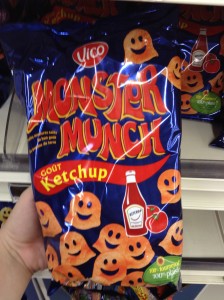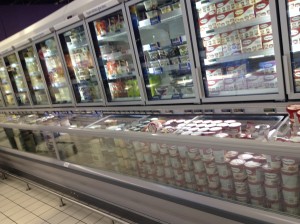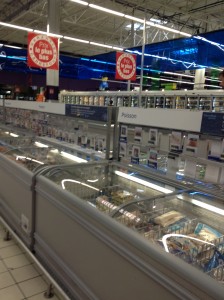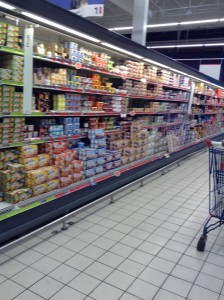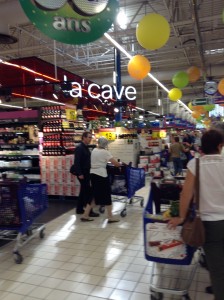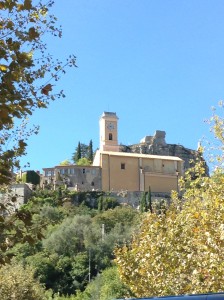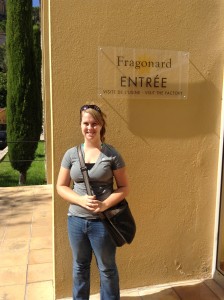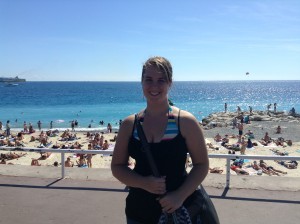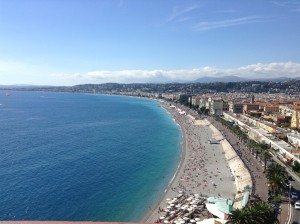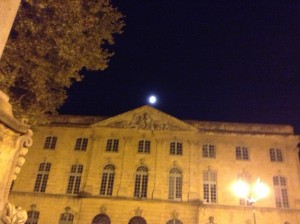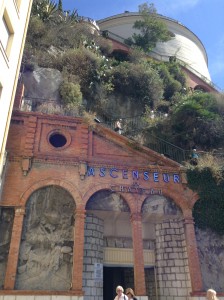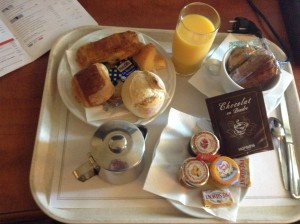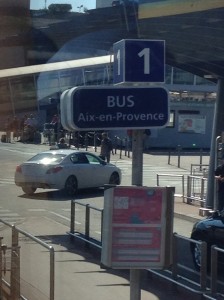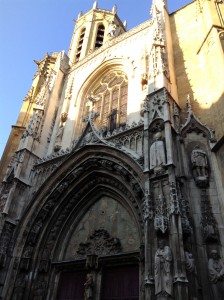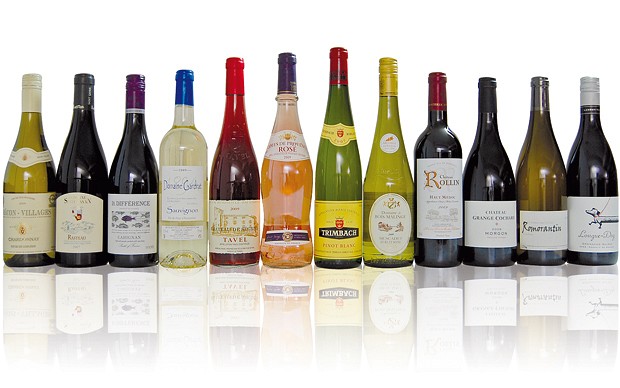Today I woke up and read a bunch. I had some cereal and discovered that milk here has a very different taste to it. I have also noticed (today) that it isn’t in the refrigerated section of grocery stores. I did some research and figured out why this is and found this:
Most milk in France does not require refrigeration because it is sterilised and not pasteurized. Despite having been the first country to “discover” and widely use pasteurization for dairy products, they now use what is called UHT steralization, another heating process that kills bacteria.
The shelf life of sterilized milk is 6-9 months when unopened, hence it’s reason for being popular. This is why French milk tastes different. Other European countries like Spain, Portugal, and Belgium also use this method.
Apparently UHT milk has been introduced in the US, but Americans, as they are with all change, were no open to trying unrefrigerated milk that tastes like merde. Evidement.
Source: https://www.exasperatedexpatriate.com/2013/04/youve-always-wanted-to-know-why-isnt.html
I found that really helpful and surprising as well. I totally agree with the American view of the milk here though it is very weird and different! I think the best way to describe it is that it doesn’t taste refreshing? Once you open the milk you put it in the fridge but it still isn’t very like fresh feeling? It is hard to describe so you will just have to come here and try it 😉
I read my book for a while and got almost done with my outline for a paper due on Monday when I decided I didn’t want to have a sit at home day today when I know that Sunday the weather is going to be bad and I won’t be able to walk around much. So I texted my friend Cassandra and asked if she wanted to go on an adventure with me to find the big supermarché or big grocery store that is outside of town. She agreed and we made plans to meet.
The best form of transportation here is public because to get a license you have to pass a test and go to driving school. It is also very expensive to get a license (over 1,000 Euros, that’s over $1,350!) and if you don’t pass the tests you have to retake them and pay the money to try all over again! Not to mention that but cars are also pretty expensive here and there isn’t a lot of space to park them. So because of this if you want to go somewhere over a mile away you need to take public transportation to get there. We ended up needing to take the bus. I had a bit of trouble figuring out which line we needed to take to get us there and the bus routes aren’t very clear. I finally found a website that you could tell it where you wanted to go and it would tell you the best route to take. What a life saver! I met Cassandra and we headed out. I had looked at how many stops the bus would make before we needed to get off so that we would be sure not to miss it but the bus stopped a lot more often than the route made it seem. I was not recognizing the bus stop names and was getting worried but then we soon passed the grocery store and stopped close by. We hopped off and began our adventure.
The store is called Carrefour and the best way that I could describe it is that it is like a Safeway and a Walmart and Half of a Fred Meyers. It is BIG. I guess it could be compared to Costco but things aren’t in bulk they is just a lot of stuff!
We went in and I had some Mac Do. I wanted a taste of home and to be able to say that I had. It was difficult to order because they don’t really do things in the same way. They do single things and not really meals. I learned later that they have machines there that you can order from and put them in different languages. This makes a lot of sense because I bet that they have the language barrier problem a lot here! It tasted pretty different as everything here does even if you think it will taste familiar. I mostly just needed to eat something or else I was going to start getting grumpy.
We started walking around looking at things. There were a lot of interesting things and a lot of things that I looked at and said “Hey so and so would like this” but then I said how in the world would I get this back to them… I also found suit cases for not a lot of Euros, only like fifty so that is a good thing to remember. I took a lot of pictures of the store. There were a lot of aisles that were dedicated to just one thing. There were three wine aisles, a cheese aisle, a yogurt aisle, a French fry aisle, and an ice cream isle. I think that they have so many choices for one thing because those are REALLY popular food staples here, everyone eats cheese and drinks wine and has desserts. I think that it was a really cool experience to go to a French grocery store. I could easily have spent hours wandering and looking at all of the things that they had. Fortunately for Cassandra, I only took three and a half.
When I got home Madame made dinner and we had a very delicious Chicken and Rice with Zuccinni. The chicken she had soaked in honey, lemon, and thyme. It was sooooo good. I will HAVE to get the recipe. After that I Skyped or tried really with my crummy internet to Skype Thad before he had to go to Lunch.
After that Madame and I started watching Master Chef which is a really cool cooking show. There was a trivia question tonight which was how many desserts are traditionally at the table for Christmas in the South of France. Madame was quick to say thirteen. After one of the people on the show said three and was kicked off, I asked her what they were. She listed off a few nuts, figs, nougat, Yule Log, fruit, etc. and she got to about 7 before she got stuck and couldn’t think of any others. So we decided to Google it and in doing so found out why!
The thirteen desserts of Christmas, or Les Treize Desserts de Noël, are enjoyed after Gros Souper in Provence. The thirteen desserts are in reference to Jesus and his twelve apostles at the Last Supper. As tradition goes, there must be at least thirteen sweet available, they are all served at once, and each guest must have at least a small bit of each dessert.
Fougasse or pompe à l’Huile, an olive oil flatbread, is eaten with grape jam made during the last harvest season. The tradition is to break the bread into individual servings with the fingers, rather than cut the bread with a knife. Legend goes that this protects one’s wealth from bankruptcy in the coming year.
The “four beggars” portion of lez treize stands for four monastic communities: Augustinians, Carmelites, Dominicans, and Franciscans. Walnuts stand for the Augustinians, almonds for the Carmelites, raisins for the Dominicans, and figs for the Franciscans. A platter of fresh fruit usually counts as one dessert, and is always served after Gros Souper. It can be a selection of oranges, apples, pears, and grapes. Any combination of seasonal fruit is welcome, and fresh berries rarely make the list, although they would be considered acceptable, as well.
Source: https://frenchfood.about.com/od/festivalsandholidays/tp/13-Desserts-Of-Christmas.htm
I found that really interesting and I wish that I was going to be here for Christmas to experience that. But also at the same time I am very happy that I will be home for Christmas with my family.


